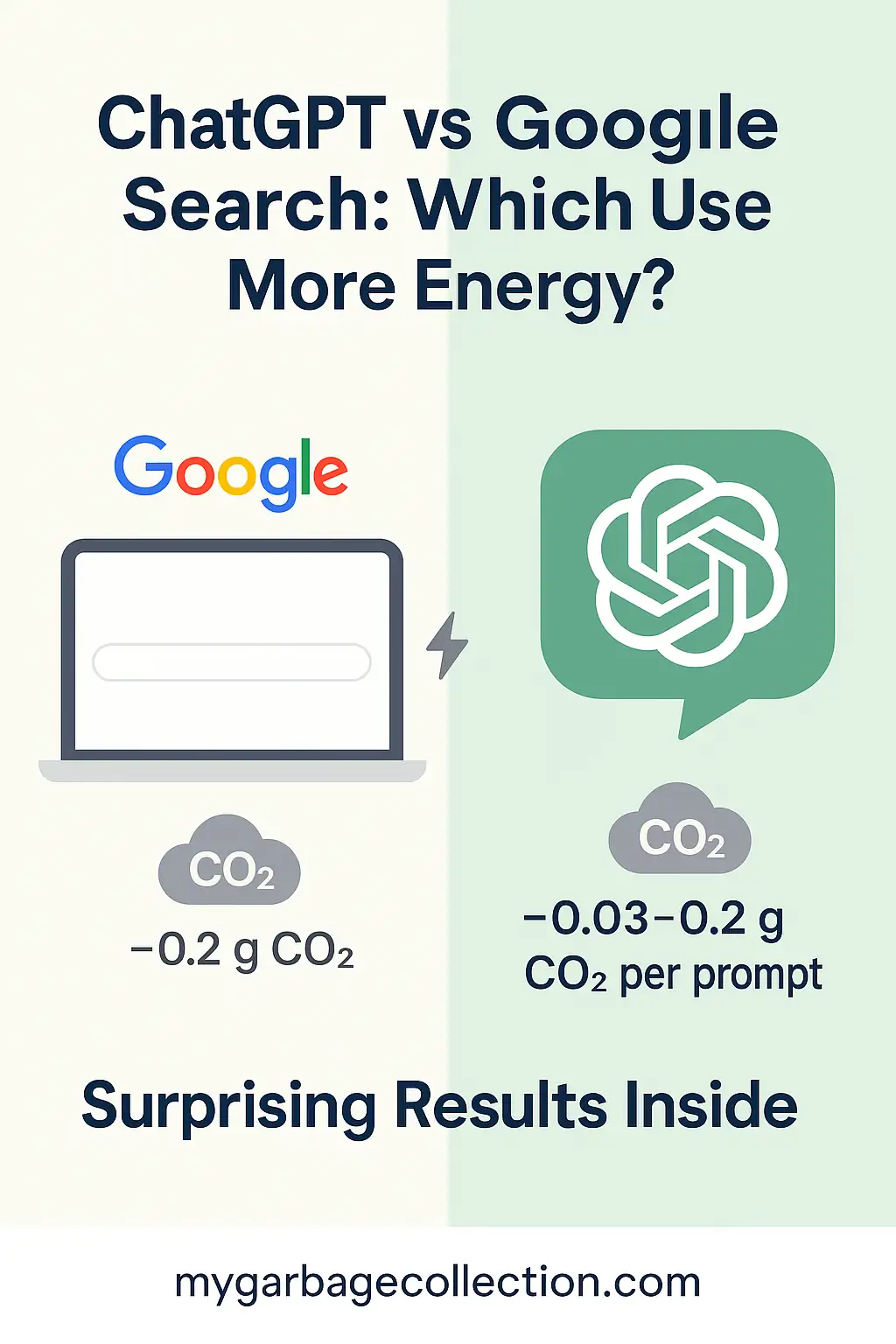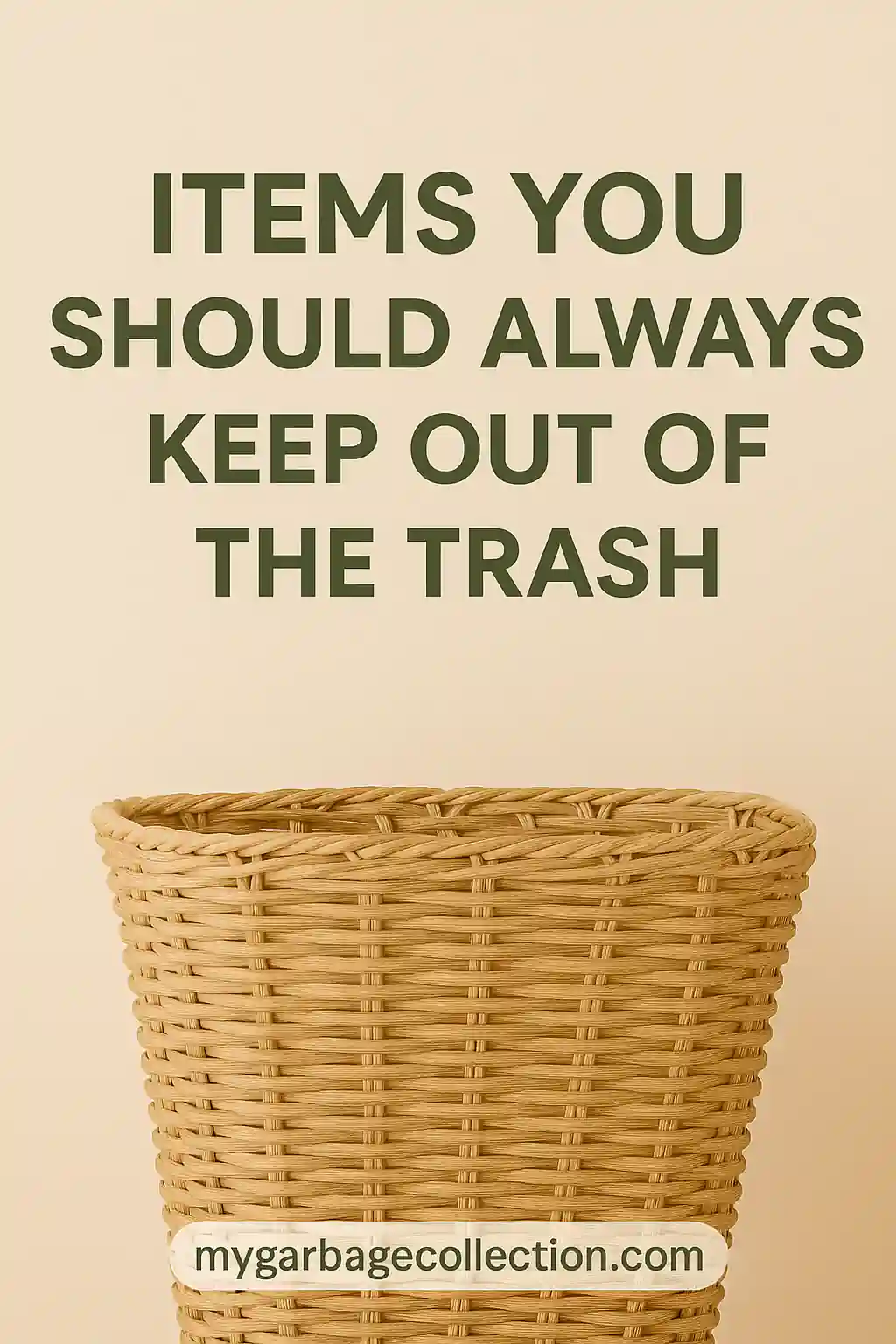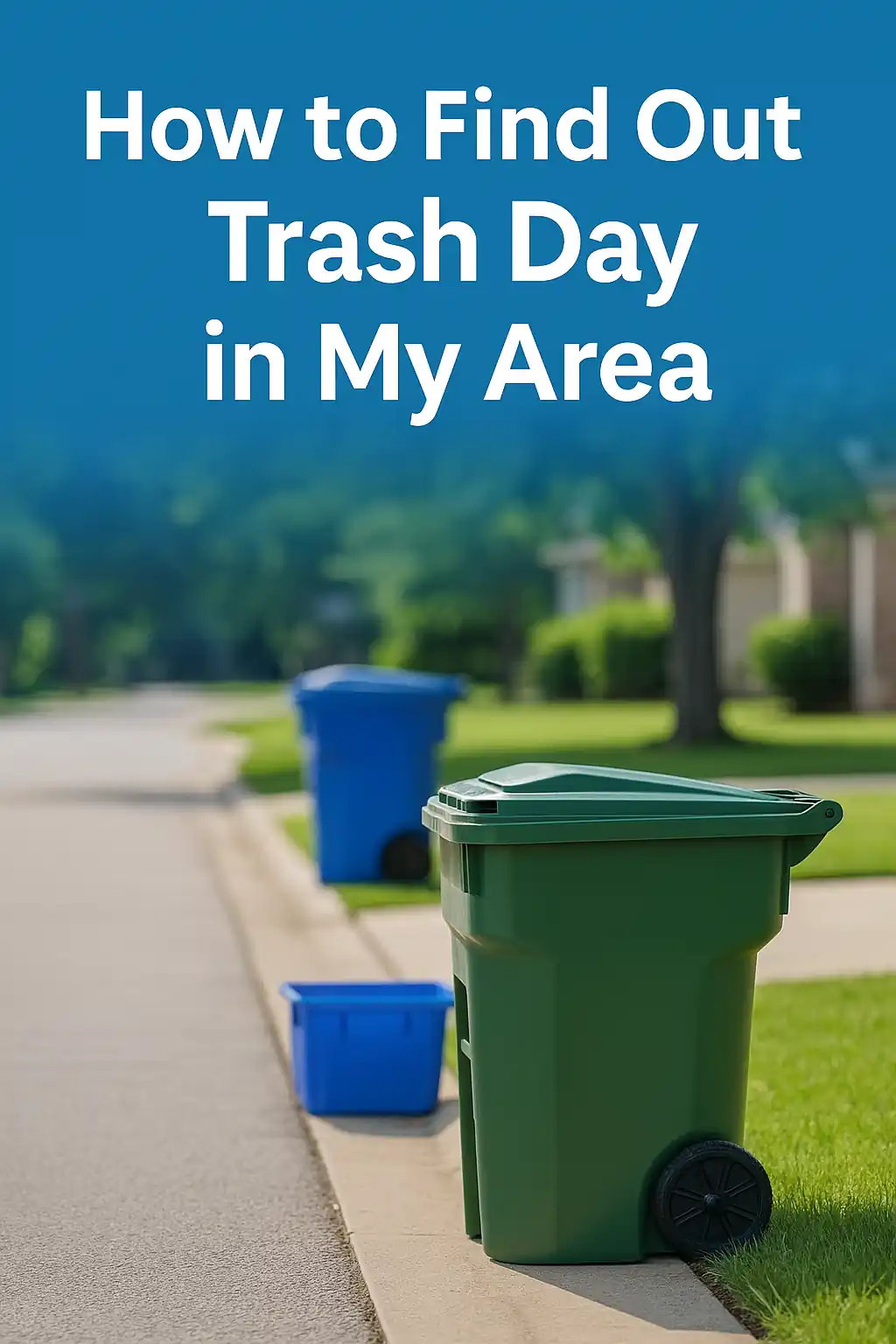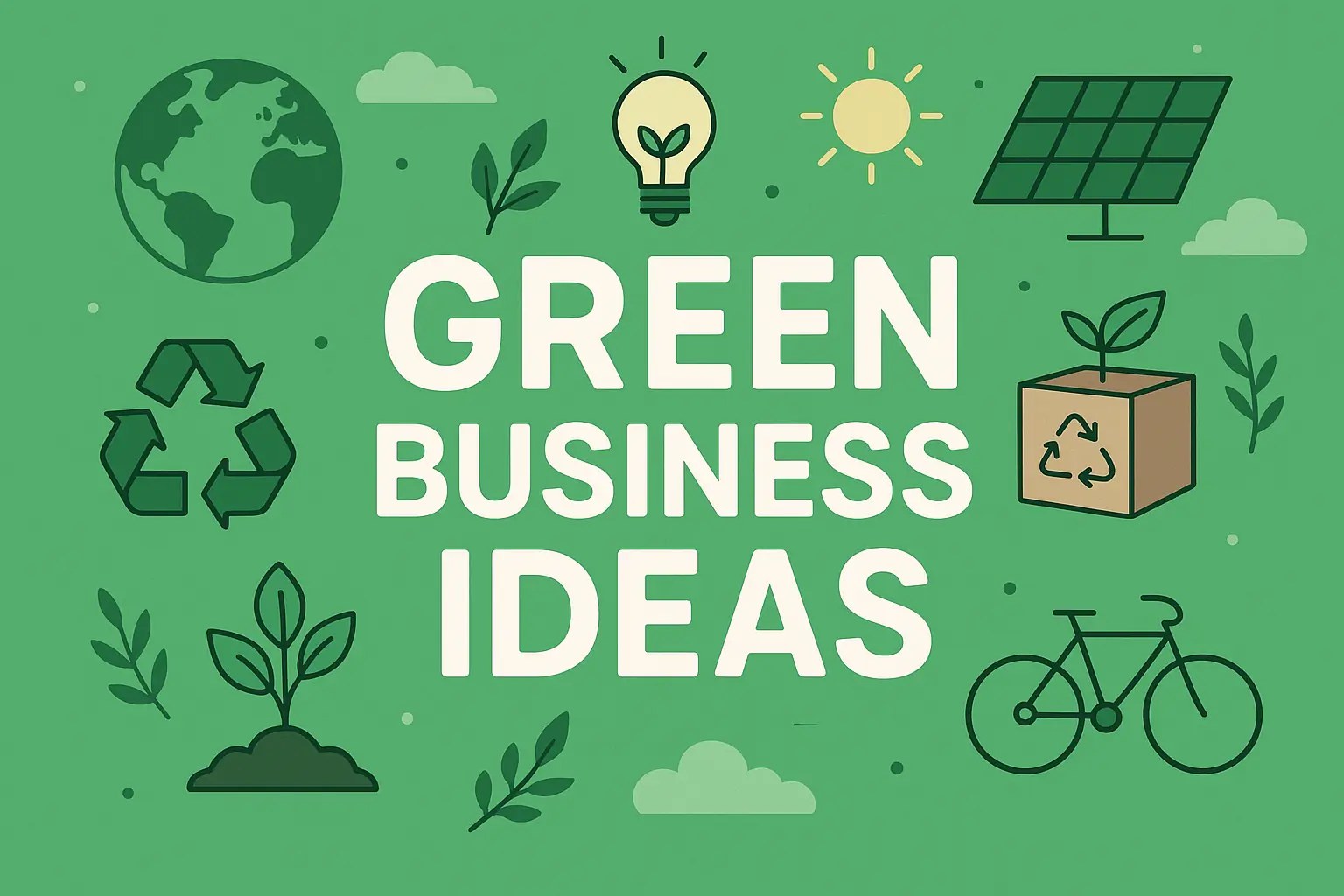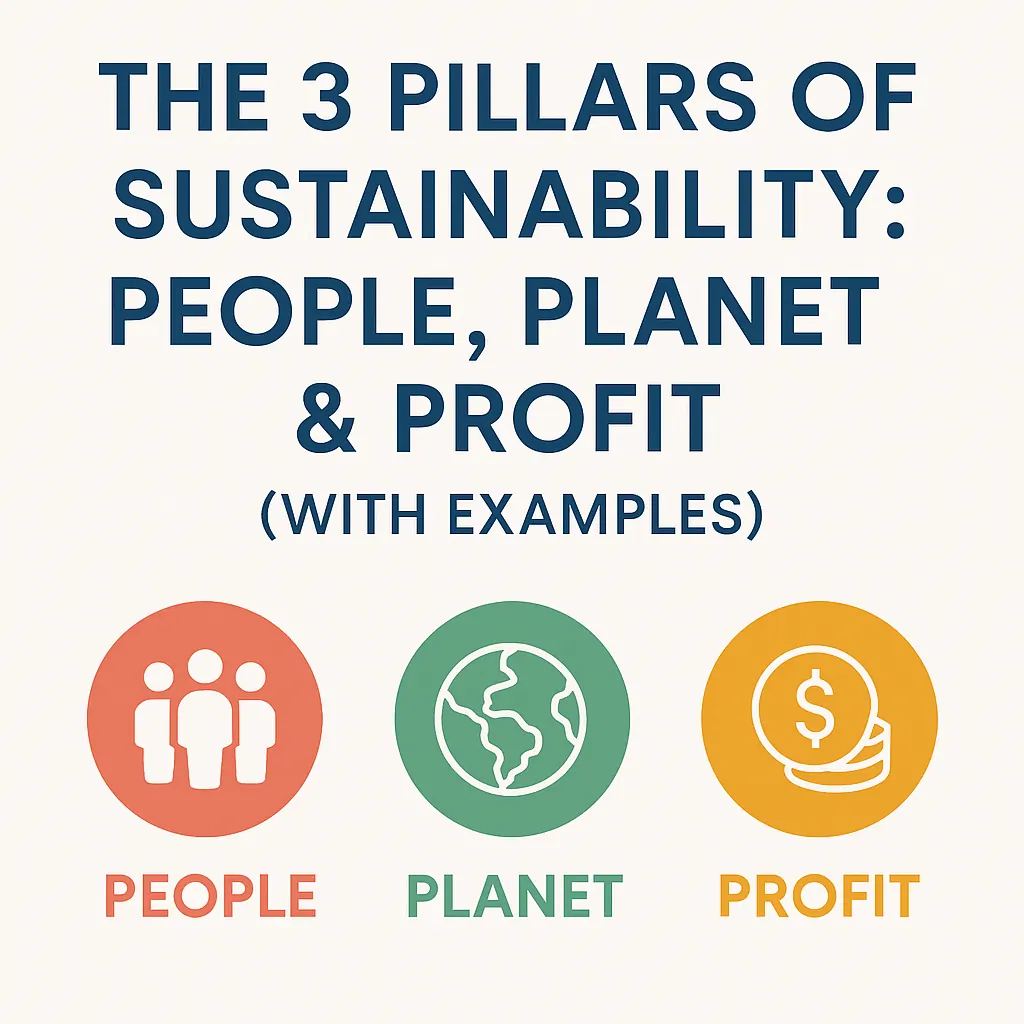Current Baled Cardboard Recycling Prices and Profit Potential (2025 Update)
If you’re in the recycling industry, own a business that generates large volumes of cardboard waste, or simply want to earn extra cash by collecting and selling boxes, understanding baled cardboard recycling prices is key to making informed decisions. In this comprehensive 2025 update, we cover average prices, how they fluctuate, what factors influence them, and how you can maximize profit while helping the environment.
An audible narration 🎧 is available for this article. Listen to our podcast below, it’s FREE:
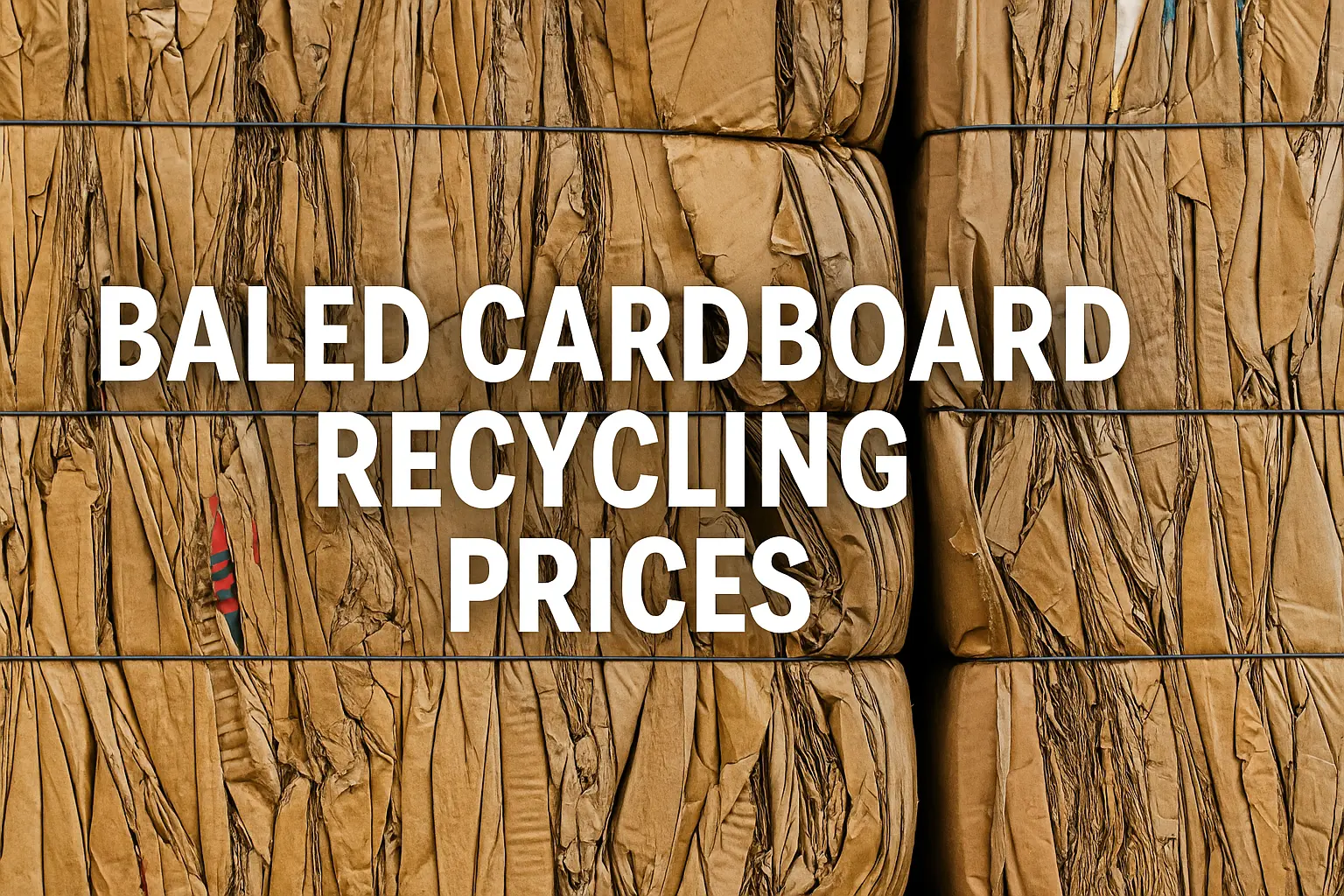
What Is Baled Cardboard and Why Does It Matter?
Baled cardboard is old corrugated cardboard (OCC) compressed into dense, rectangular bundles using a baler. Businesses and recyclers do this to reduce the volume of loose cardboard and make it easier to handle, store, and sell. Recycling baled cardboard helps keep recyclable material out of landfills, reduce the demand for virgin wood pulp, lower waste disposal costs for businesses, and provide a steady supply of affordable raw material for paper mills.
Cardboard is one of the most recycled materials globally, with a recovery rate of over 90% in many developed countries.

Stay Updated. Skip the Guesswork.
Get daily trash pickup alerts, holiday changes, and zip-code-specific updates straight to your inbox — all for just $10/month.
🔔 Subscribe & Get Daily AlertsCancel anytime. Perfect for busy households, seniors & renters.
What Are Current Baled Cardboard Prices in 2025?
Prices for baled cardboard in the U.S. are typically quoted per ton and can vary widely based on region, quality, and market demand. As of July 2025, average baled cardboard prices per ton are:
- National average: $60 to $120 per ton
- High-demand markets: Up to $150 per ton in cities with major paper mills or export hubs
- Low-demand areas: As low as $40 per ton where cardboard supply exceeds local mill demand
Breakdown by region:
- West Coast (California, Oregon, Washington): $90–$140/ton
- Midwest (Illinois, Ohio, Michigan): $70–$110/ton
- Northeast (New York, Massachusetts, Pennsylvania): $100–$150/ton
- South (Texas, Georgia, Florida): $60–$100/ton
These rates represent the average cardboard bale price across different regions and volumes.
Global Markets and Export Demand
Much of the U.S. baled OCC used to go to China before its 2018 National Sword policy banned many types of imported recyclables. Today, countries like India, Vietnam, and Indonesia import significant amounts of OCC. However, changing import regulations, geopolitical issues, and shipping costs can disrupt demand and pricing.
When export demand is high, domestic prices typically rise as recyclers compete with international buyers. Conversely, stricter import rules or trade restrictions in major importing countries can lead to oversupply in the U.S., pushing prices down.
Factors Influencing Baled Cardboard Recycling Prices
Several factors affect baled cardboard prices:
- Supply and demand: More online shopping increases cardboard supply, but oversupply can reduce prices.
- Oil and energy costs: Higher oil prices raise production costs for new cardboard, increasing demand for recycled OCC.
- Seasonal fluctuations: Holiday shopping can flood the market with cardboard, sometimes causing temporary price drops.
- Mill capacity and downtime: When mills reduce output or close for maintenance, demand for OCC drops.
- Local competition: Regions with many recyclers can see lower prices due to competition, while areas with fewer buyers may offer less favorable rates.
These elements all determine the cardboard recycling value, since factors like supply, quality, and market demand directly impact what recyclers are willing to pay.
How Businesses Can Profit from Baled Cardboard
Retailers, warehouses, supermarkets, and manufacturers that generate significant cardboard waste can turn this into a revenue stream, offsetting or eliminating waste disposal costs.
For example, a business producing 12 tons of clean cardboard monthly at $100/ton could earn around $1,200 per month, or $14,400 per year. Costs like baler purchase or lease, labor, maintenance, and transportation should be factored into profitability calculations. Many high-volume businesses find the revenue from baled cardboard easily covers these costs and generates additional profit.
For those looking for professional help managing cardboard recycling, My Garbage Collection offers reliable collection and recycling services tailored to your business needs.
How to Get the Best Price for Baled Cardboard
To maximize revenue from baled cardboard, follow these best practices:
- Keep bales clean by removing contaminants like plastic and food residue, which lower cardboard’s value.
- Bale cardboard tightly to produce dense, heavy bales that reduce transportation costs and make your product more appealing to buyers.
- Separate cardboard by grade if possible, as old corrugated cardboard (OCC) typically fetches the highest price compared to mixed paper.
- Contact multiple buyers, including local recyclers, brokers, or mills, to compare quotes and secure the best deal.
- Consider establishing contracts with buyers if you produce large, consistent volumes, which can protect you from price fluctuations.
Common Mistakes That Reduce Your Profits
Many businesses unintentionally lower the value of their cardboard by:
- Allowing cardboard to get wet, which adds weight but makes recycling more difficult and less profitable.
- Mixing cardboard with trash or non-recyclable materials, which can result in rejected loads.
- Letting baled cardboard sit too long, risking damage or exposure to falling market prices.
Environmental Benefits of Recycling Cardboard
Recycling cardboard provides significant environmental benefits by conserving natural resources, reducing greenhouse gas emissions, and minimizing landfill use. Recycling one ton of cardboard can save over 17 trees, 7,000 gallons of water, and significant amounts of energy.
Recycling also supports the circular economy by turning used cardboard into new packaging within weeks, reducing the need for new raw materials. Companies that recycle demonstrate environmental responsibility, which increasingly influences consumer purchasing decisions.
If you’re interested in creative ways to reduce waste beyond cardboard, check out our guides on the best upcycling clothes ideas for beginners who love fashion and smart upcycling ideas for your home.
How to Find Buyers for Baled Cardboard
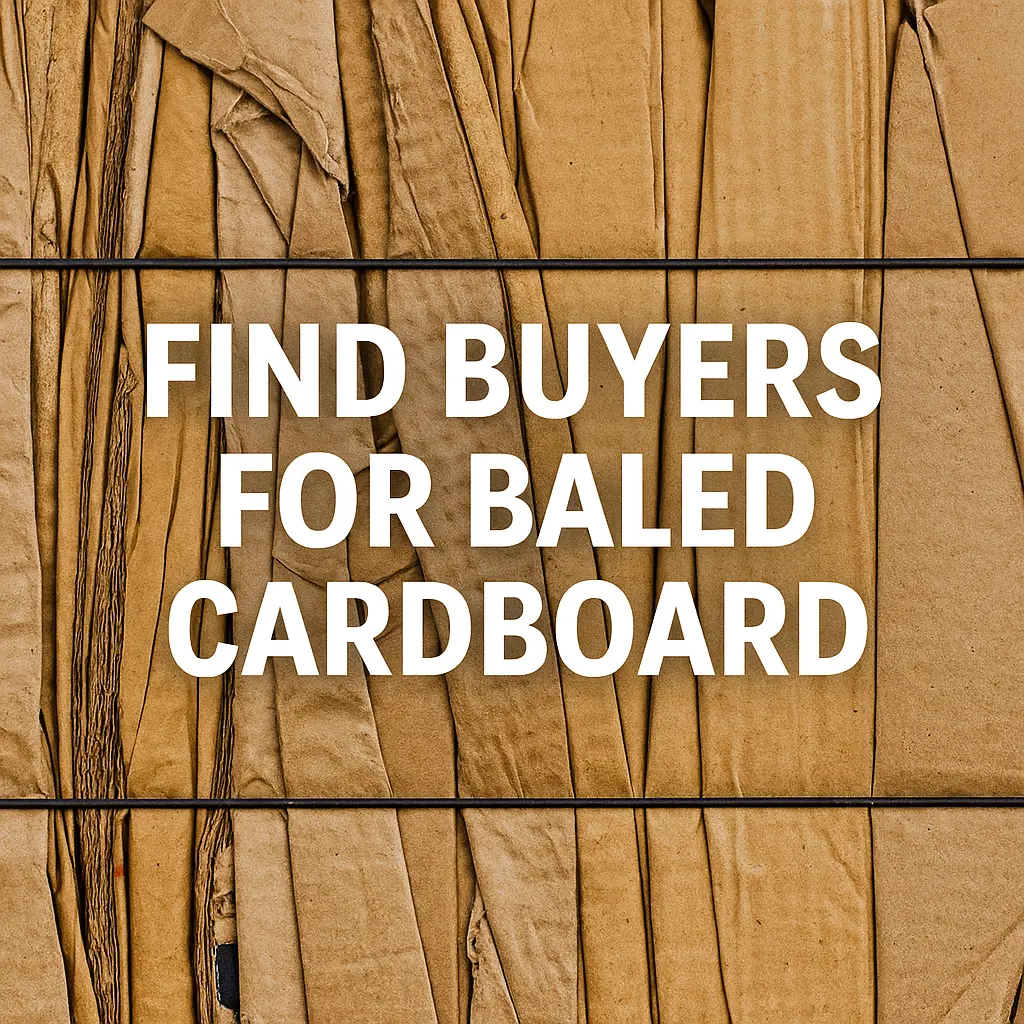
To sell your baled cardboard, explore these options:
- Local recycling centers or scrap yards: Many offer competitive rates for baled cardboard and handle transportation.
- Paper mills: Some buy directly if you can meet their minimum quantity requirements.
- Online directories or marketplaces like RecyclingMarkets.net to connect with regional buyers.
- Brokers who specialize in OCC, handling logistics and negotiating rates on your behalf.
Alternative Uses for Baled Cardboard
If market prices drop or you’re looking for other ways to use excess cardboard, consider:
- Donating clean cardboard to local schools, community programs, or artists who can reuse it for projects.
- Selling or giving it to moving companies that reuse sturdy boxes.
- Shredding it for animal bedding or as protective packing material.
If outdoor clutter is a concern, our article on 25 outdoor garbage can storage ideas to tidy up your yard offers creative solutions for keeping waste areas organized.
Success Story: How One Retailer Profited from Cardboard
A grocery chain in the Midwest previously spent over $2,000 per month on dumpster fees to dispose of cardboard waste. After purchasing a used vertical baler for $6,000, they began baling and selling cardboard to a regional mill. Within four months, the baler paid for itself through recycling revenue. By the end of the year, the company earned over $25,000 selling baled cardboard and reduced landfill disposal costs by 60%.
The Outlook for 2025 and Beyond
Baled cardboard prices are expected to remain relatively strong through the rest of 2025, supported by continued e-commerce growth and ongoing global demand for recycled fiber. Companies with sustainability commitments will likely drive demand for recycled packaging.
However, businesses should monitor potential challenges like inflation, changing fuel prices, or new trade policies, which could lead to market volatility.
Helpful Resources
For more details on cardboard recycling standards, markets, and best practices, visit:
- American Forest & Paper Association (AF&PA): afandpa.org
- Institute of Scrap Recycling Industries (ISRI): isri.org
- RecyclingMarkets.net for connecting with buyers and recyclers
Final Thoughts
Recycling baled cardboard offers businesses an opportunity to reduce waste disposal costs, earn extra income, and support sustainable practices. By understanding current baled cardboard recycling prices, keeping bales clean and well-prepared, and establishing reliable buyers, you can maximize profits while contributing to environmental conservation.
Watch How To Make A Perfect Cardboard Bale:
